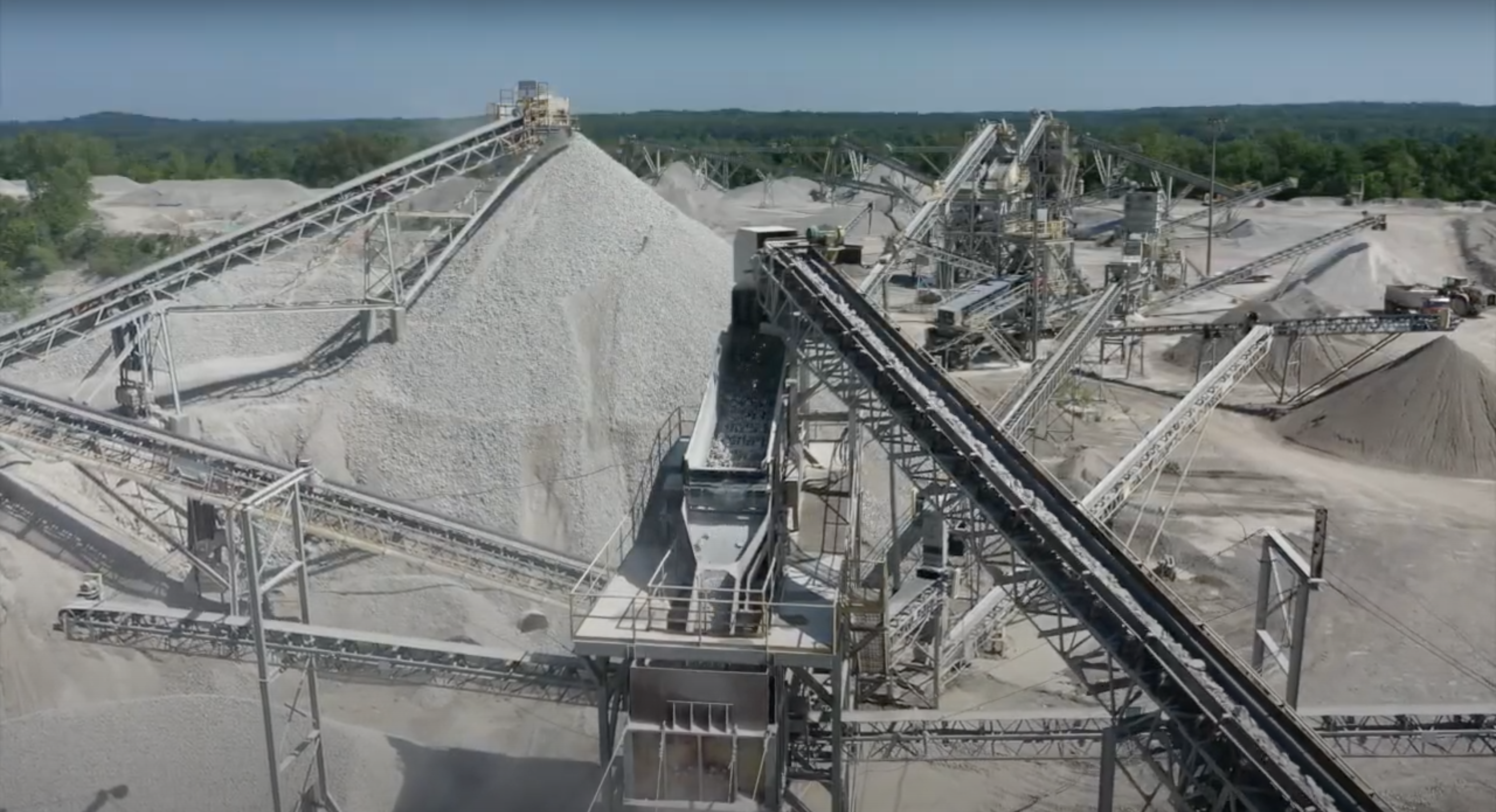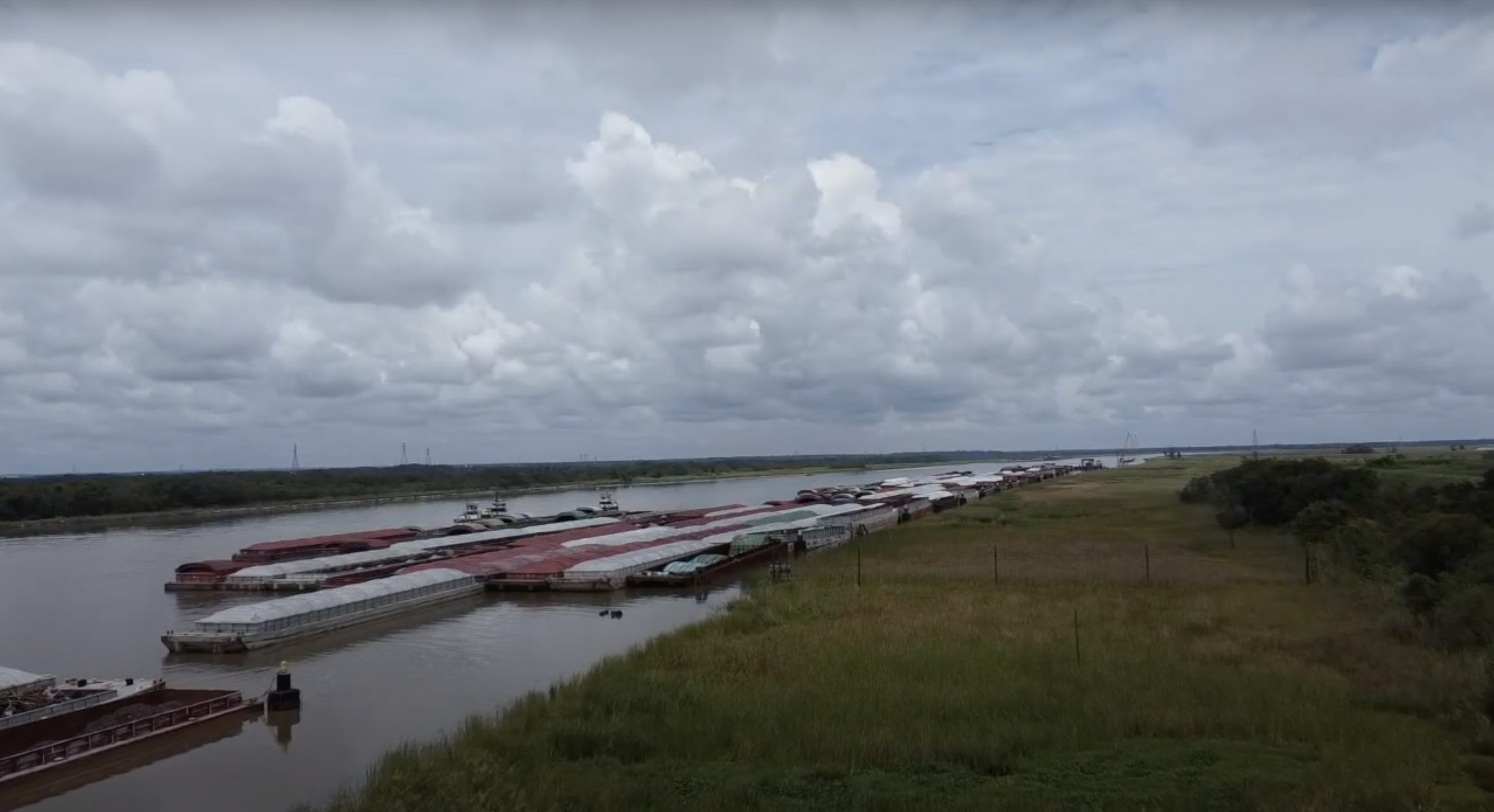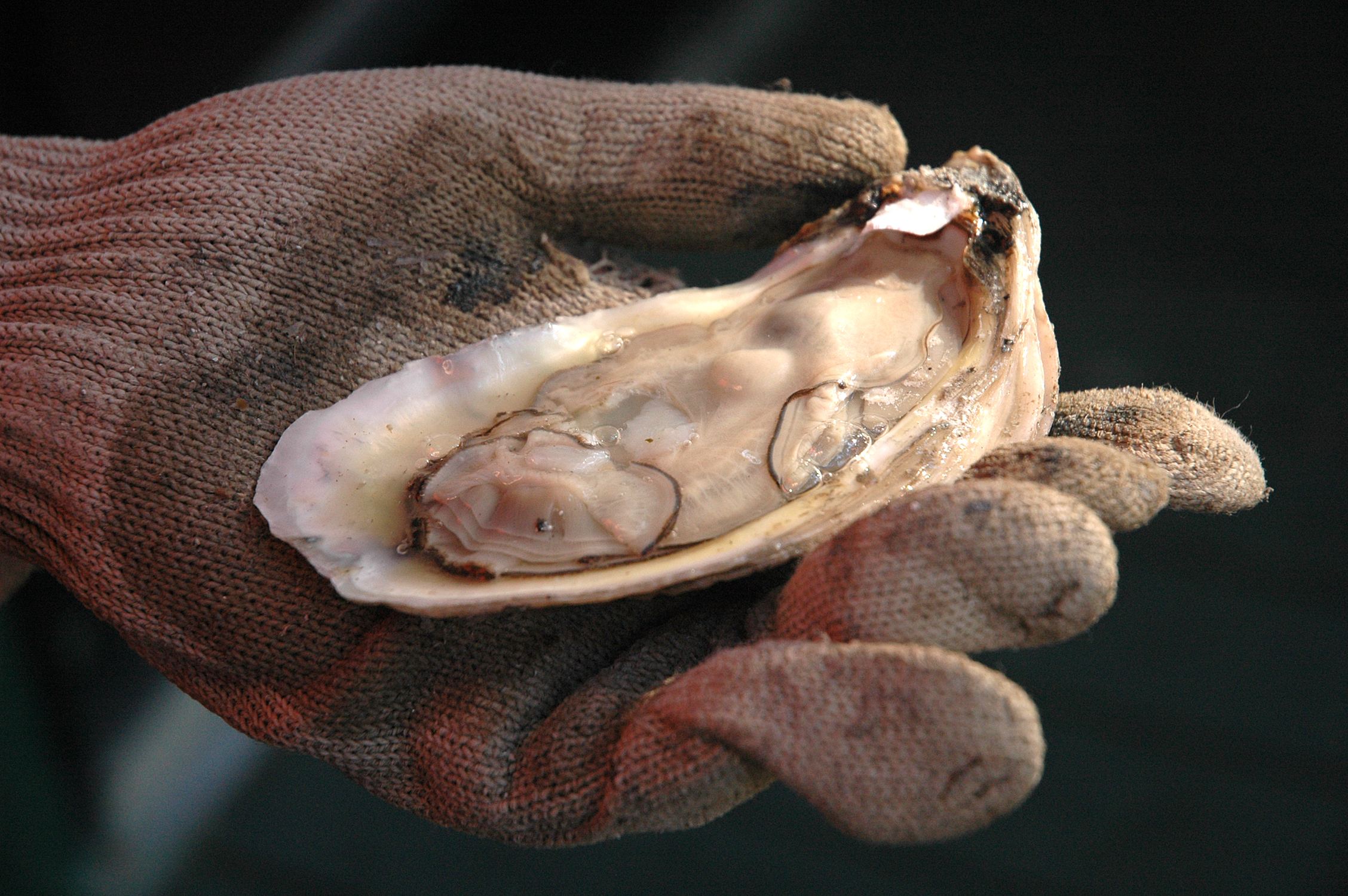The Alabama Wildlife Federation (AWF) announced that Limestone from Tuscumbia’s Pride Quarry is on its way to the shores of Mobile Bay to be used as oyster cultch.

(AWF/Contributed)
What is oyster cultch? We asked the same thing. It’s a material, consisting of limestone, that is laid down to furnish points of attachment for recently settled oysters or “spat.”
While the Gulf Coast produces some of the nation’s best oysters, the southern staple is becoming a rare delicacy due to its population decline over the last 70 years. This environmental restoration project will reinvigorate oyster reefs at Cedar Point Beach.
Alabama Department of Conservation and Natural Resources Commissioner Chris Blankenship said of this project:
“Oysters have been a part of Alabama’s culture for over a thousand years from both an ecological and economic standpoint. Not only are they delicious, they critically improve water quality, provide habitat for fish and crabs, and protect coastal shoreline in Alabama’s Mobile Bay and Mississippi Sound. But with continuously declining oyster populations since the 1950s, for a variety of reasons, it is imperative that we step up and make investments into the reefs oysters need to thrive so that oyster populations in Alabama waters can continue to be successful. This project, which is fully funded through private dollars, will play a critical role in doing just that and is an integral piece to our comprehensive oyster restoration strategy.”
The Cedar Point Beach Oyster Restoration Project is 77-acres of water bottom located just west of Dauphin Island Parkway in Heron Bay. The site is a historic oyster reef area next to some of the most productive oyster reefs in Alabama waters. A successful project presents the opportunity to restore a large oyster reef footprint that can yield sustainable harvest of oysters for human consumption, continued management of the oyster reef for longer term productivity, and improved water quality through the filtering capacity of a larger and robust oyster population. A significant amount of limestone cultch material is needed to produce higher, more resilient oyster densities.
“Protecting and conserving the state of Alabama’s beautiful wildlife and outdoors is critically important and we as a state are fortunate to have great partners who recognize this need to ensure future generations enjoy these benefits,” said Tim Gothard, AWF executive director. “This environmental restoration effort is unique because it is funded in its entirety by private dollars. Vulcan Materials Company and Cooper Marine, along with other partners, have joined AWF in providing the funding and the resources to make this project possible, and we are excited to see this material arrive in Mobile Bay in the next two weeks.”

(AWF/Contribute)
The limestone, provided by Vulcan Materials Company, will be transported by Cooper Marine, and will travel down the Tennessee River to the Tombigbee River into Mobile Bay. This project isn’t just about enriching our taste buds but improving water quality and creating a haven for these beauties.
Stay up to date:
As this material makes its way from far Northwest Alabama down Alabama’s river systems to the Gulf Coast, AWF will be giving continuous updates via social media and through media outreach to keep the public up to date on the status of the oyster cultch’s journey down river. Each day, AWF will post a graphic on its Facebook page of a map that will track the oyster cultch’s progress. You can access AWF’s Facebook page HERE.
[/fusion_text][/fusion_builder_column][/fusion_builder_row][/fusion_builder_container]




